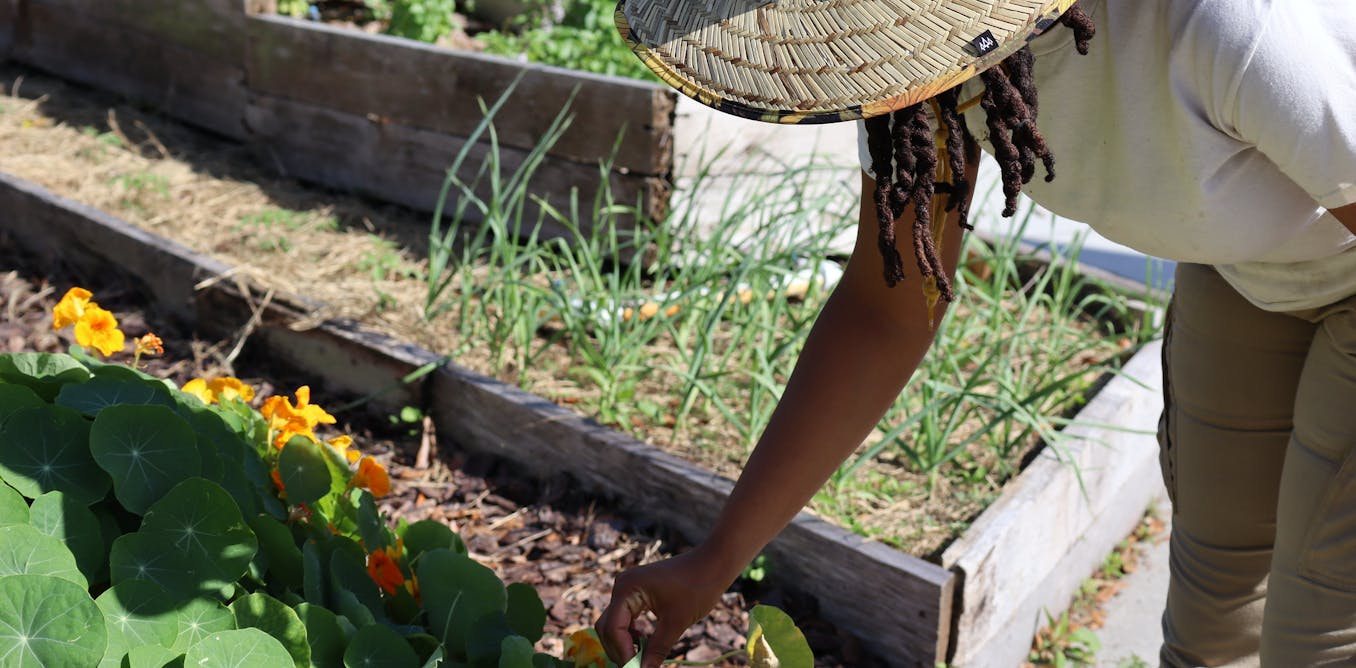8 Easy Facts About City Blooming Described
Excitement About City Blooming
Table of ContentsHow City Blooming can Save You Time, Stress, and Money.The Greatest Guide To City BloomingCity Blooming - TruthsCity Blooming Can Be Fun For AnyoneThe Single Strategy To Use For City Blooming
Interested in expanding food available for sale in the City of Chicago? Considering beginning a neighborhood garden? Adjustments to the Chicago Zoning Ordinance allow farming uses like community yards and urban ranches in numerous parts of the city. Below is a checklist of regularly asked concerns concerning the regulations and regulations that cultivators should take into consideration when preparing a city agriculture project.
The zoning amendment does not modify any various other codes managing composting, building permits, acquiring or renting City had building, organization licenses or environmental contamination. There are existing codes that control these problems and they stay in full effect and might be appropriate to your job. Neighborhood gardens are typically owned or managed by public entities, civic companies or community-based companies and kept by volunteers.
Urban farms grow food that is meant to be offered, either on a nonprofit or for-profit basis. Because of their commercial objective, metropolitan farms call for a service certificate. Yes. A community yard is enabled to sell surplus produce that was grown on website if the sales are accessory or subservient to the yard's main function described over.
The Definitive Guide for City Blooming
Composting is enabled however only for plant product that is produced and utilized on site. The amount of compost product can not surpass 25 cubic yards at any given time according to the requirements in 7-28-715 of the City's Municipal Code. Yes. Since the dirt at the majority of new yard websites needs amending, compost, dirt, wood chips, or various other products can be obtained to create or enhance the expanding space - urban gardening.

If a building authorization is needed then the hoophouse will certainly be thought about an accessory structure. You can figure out more about the structure authorization needs by calling the Division of Structures. The 25,000-square-foot dimension limitation is planned to stop a solitary area yard from dominating an offered block or interfering with the block's existing household or industrial character.
The limitation does not use to yards situated in Public Open Room (POS) districts. Can there be even more than one area garden that is 25,000 square feet on a single block? Fencing is not needed, nonetheless, yards that have large parking areas may be needed to set up secure fencing or other landscape design features.
City Blooming Fundamentals Explained
B1 & B2 districts require that all business usage activities be carried out inside your home. Is fencing required for city ranches? Fencings might be required, along with landscape design and testing, for specific vehicle parking areas and outside job or storage space locations depending on area and the particular task taking area.
Urban farms require structure permits and zoning approvals prior to construction (City gardening). Various other forms of city testimonial may be called for depending on specific frameworks, activities, size, landscape design, licensing, public heath and stormwater management concerns.
The Department of Business Affairs and Customer Defense can assist establish the particular type of service permit that's called for. Off street auto parking is required for the majority of commercial projects in Chicago. The required number of auto parking spaces is based on the number of employees functioning on site and not the square footage of the growing area.
Top Guidelines Of City Blooming

Yes. A city farm can market compost material produced on site, nevertheless, the procedure needs to follow the laws in 7-28-715 of the Chicago Municipal Code. Yes. Aquaponic systems are allowed inside on city farms in numerous zoning districts. A zoning testimonial and building permit is required in order to set up frameworks or systems and a service license is needed as explained over.
Approximately 5 hives or swarms of honey bees may be kept as an accessory usage. Nonetheless, beekeepers should sign up with the Illinois Department of Farming. For additional information about the suggested zoning change you might contact the Department of Real Estate and Economic Development, Bureau of Preparation and Zoning at 312.744.8563.
Farming in cities and city areas A metropolitan ranch in Chicago. Urban agriculture describes different practices of growing. https://city-blooming.webflow.io/, handling, and dispersing food in metropolitan locations. The term likewise relates to the location tasks of pet husbandry, tank farming, click for more beekeeping, and horticulture in a metropolitan context. Urban agriculture is identified from peri-urban agriculture, which occurs in rural areas beside suburban areas.
Get This Report about City Blooming
, that seek to develop social networks established on a shared ethos of nature and community holism. These networks can create by means of official institutional assistance, becoming incorporated into neighborhood town preparation as a "change community" motion for sustainable city growth.
The much more direct accessibility to fresh veggie, fruit, and meat items that might be know via city agriculture can improve food safety and food security while lowering food miles, leading to lower greenhouse gas exhausts, therefore adding to climate change mitigation. A few of the very first proof of urban agriculture comes from Mesopotamia.